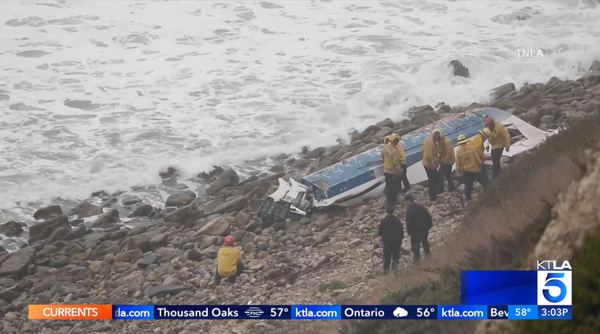Whether you've been riding for a long time, or you're just getting started, you might have some ideas about what motorcycle safety means to you. And while we all want to look cool (or at least, cool-ish), ask anyone who's ever crashed, and they'll probably tell you why they also value their safety, and protecting themselves against future injury.
From helmets to CE-certified armor, technical textiles, and finely stitched leather motorcycle gear from some of the moto world's top gear makers, the protective properties of the motorcycle gear that many of us choose to wear keep improving over time. That's great news, because any time a rider can get up and walk away from a crash that could have done serious damage or even killed them, it's a great day.
Here at the tail end of 2024, airbags are very much a part of the conversation. With multiple motorcycle gear manufacturers now offering their own variations on airbag vests and jackets, what do you choose?
If you aren't already familiar with the UK-based website and YouTube channel Bennetts BikeSocial, you probably should be, no matter where in the world you live. While Bennetts is a UK-based motorcycle insurer, the editorial content the channel and website produce features gear reviews and in-depth investigations that are completely unsponsored and unfunded by gear manufacturers.
And that's why you'll want to see the latest video from Bennetts' John Milbanks, who spent months buying, testing, and having independent lab analysis done of a cross-section of motorcycle airbag vests and jackets that are available for sale in the UK. Some are mechanical, and some use electronic sensors and algorithms that tell them when to deploy.
When you research anything deeply, if you're honest, you will go where the research leads you. And ideally, you won't have preconceived notions going in. Or, if you do (which you might, because you are human and we all do that from time to time), you'll be willing and able to accept whatever the evidence proves, whether it agrees with your preconceived notions or not.
Milbanks says that when he started out on this project, he genuinely expected to find that most of these airbags offered similar levels of protection to one another. And yet, along the way, he discovered that there are two separate testing standards that OEMs have been using (EN1621-4 and CRITT), and that both standards measure things considerably differently from one another.
How different are they? Different enough that an airbag that meets the criteria of one testing standard might not necessarily meet the criteria of the other. There's some overlap between some of the airbags that Bennetts tested, but not much. That's worth keeping in mind as you gather information to make your own decisions for what might work best for you.
Beyond the difference in forces that these airbags are shown to protect you against via the two different testing methods, there are multiple other considerations you might have if you're thinking about a piece of airbag gear for yourself. Initial cost outlay is one, but cost to recharge is definitely another. Deciding if you'd rather deal with a mechanical tether or electronic sensors, charging, and pairing another thing with your smartphone are also important points to consider.
Beyond all that, though, another invaluable insight that Milbanks provides in this video is talking with medical and emergency professionals about what they've seen with regard to motorcycle rider crashes. What riders tend to injure, what injuries are the most serious, and special areas and considerations that riders looking to better protect themselves might want to pay attention to.
If you come away with nothing else, looking to better protect your chest and neck (hyperextension of your neck, which can happen when your head moves backward forcefully in a crash scenario) should be particular areas of concern for motorcyclists.
While I've worn a lot of motorcycle gear in my time, I have to admit that I still haven't tried any airbag gear. And so, I can't offer any personal opinions or experiences with it.
What I can say is that good, solid information and data like this are always the kinds of things I look for when I'm considering purchasing new gear for myself, and I like to see all my fellow riders presented with good information as frequently as possible.
Have you ridden with airbag gear? What's your experience been? Share your best (or worst) stories in the comments!







